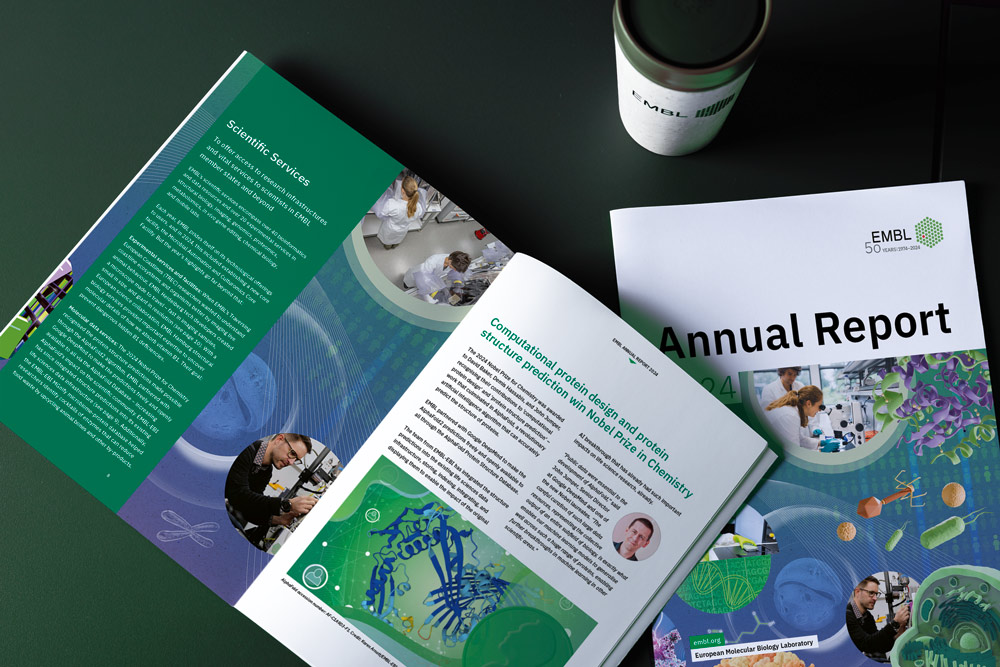
EMBL’s research aims to understand the basis of life at a molecular level and in the context of different environments.
From genomes to organisms, EMBL explores the secrets of life. Its diverse research programmes push the limits of biological knowledge, with researchers developing innovative techniques and technologies as part of the process.
Seven cross-cutting research themes offered significant, diverse findings and milestones in 2024: Molecular Building Blocks, Multicellular Dynamics, Microbial Ecosystems, Infection Biology, Human Ecosystems, Planetary Biology, and Theory@EMBL.

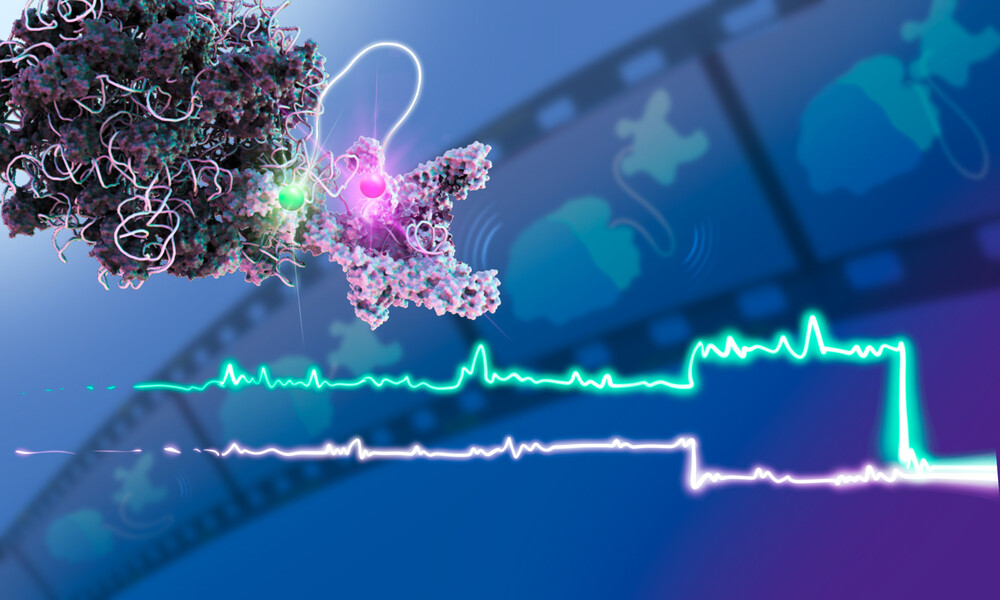
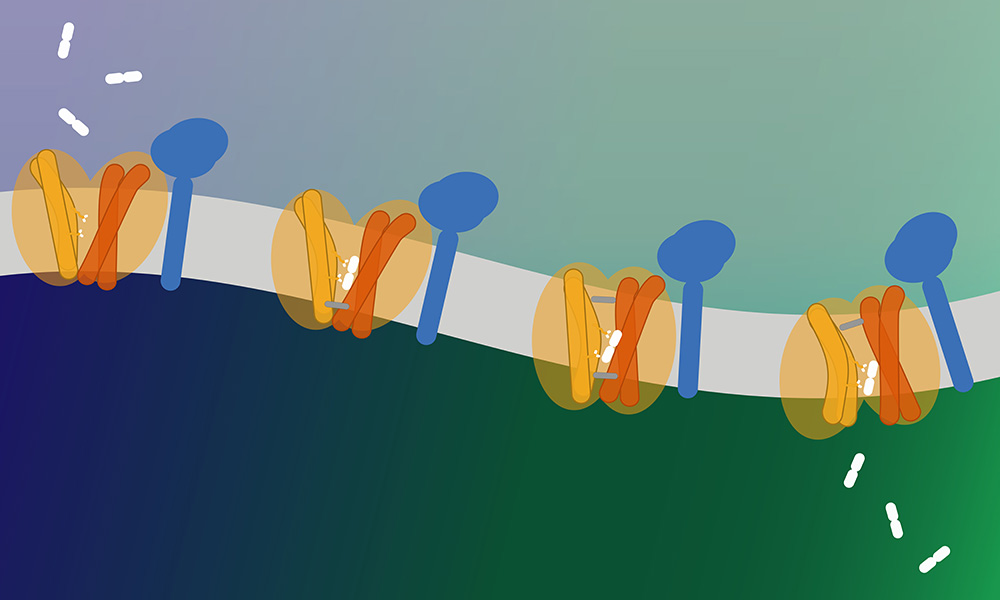
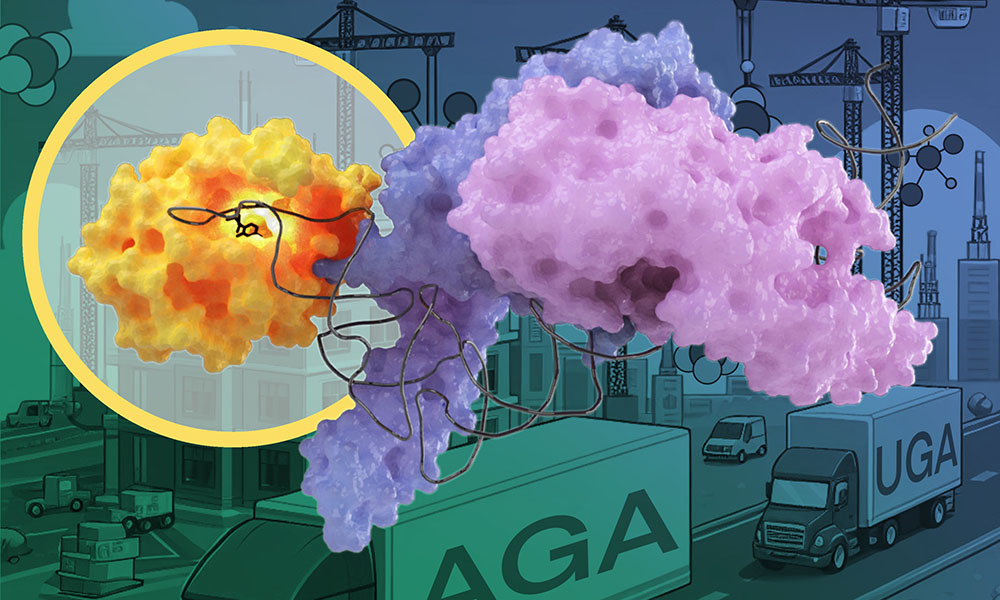

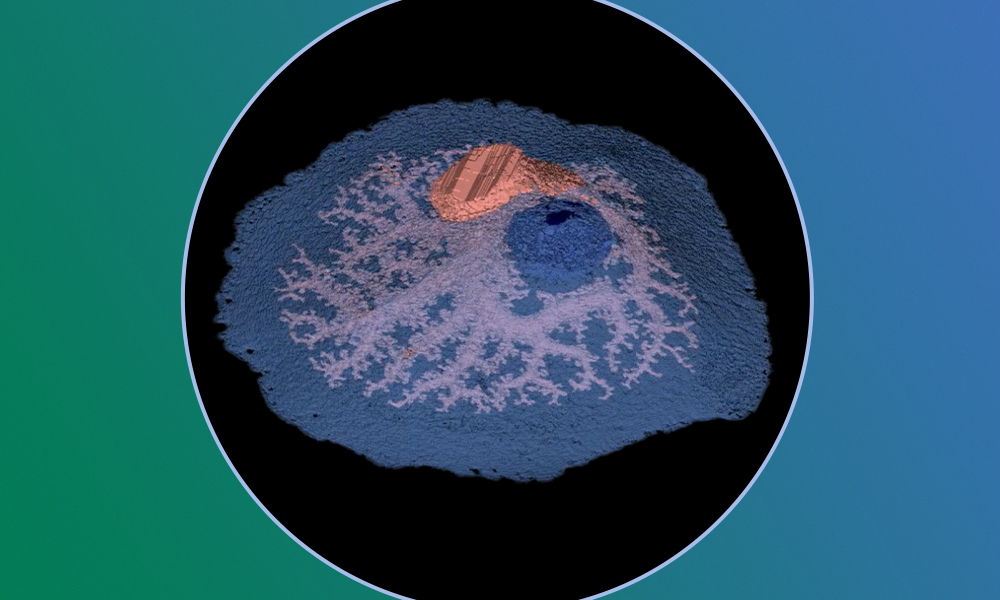
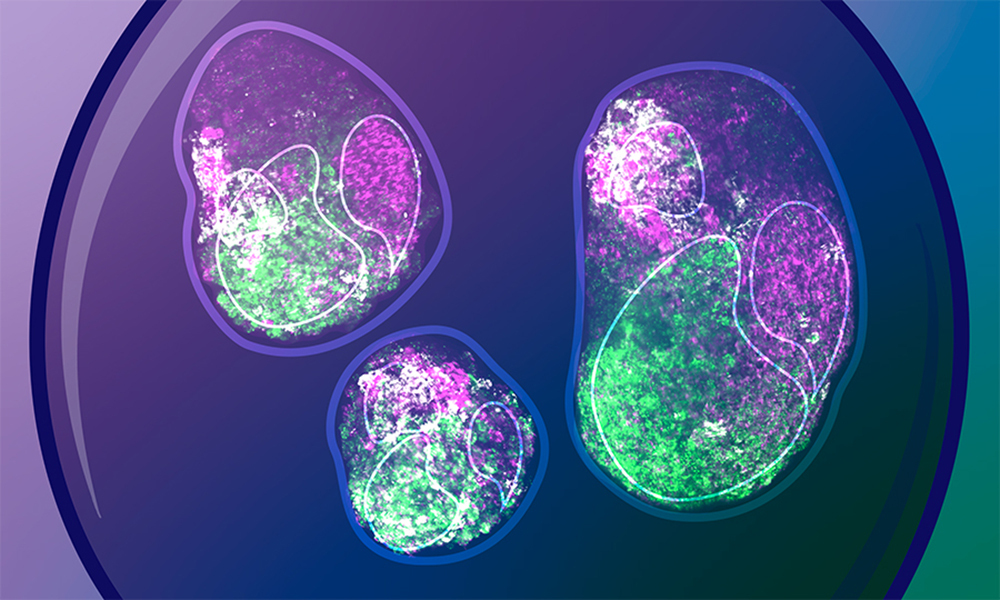
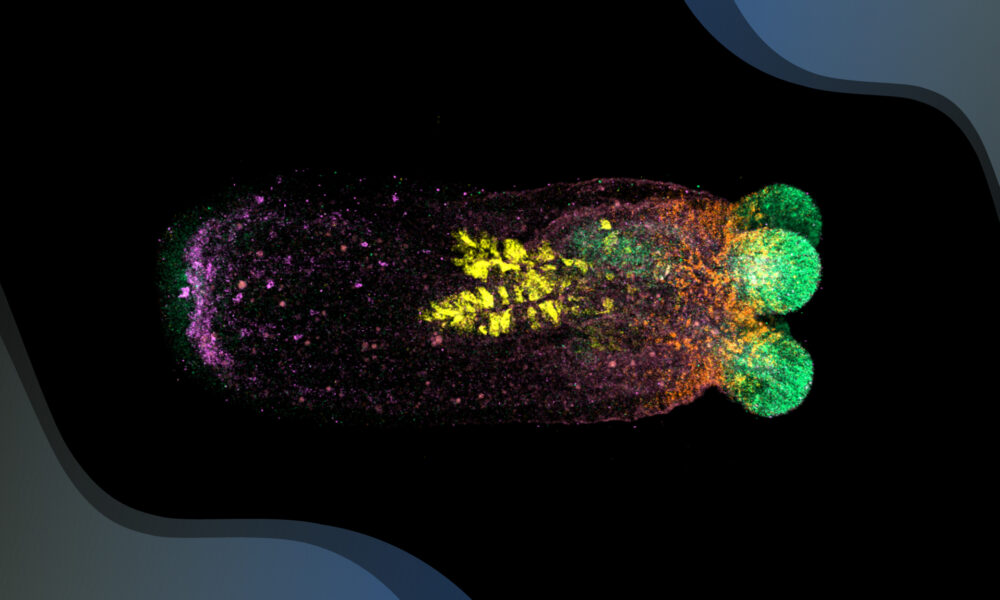

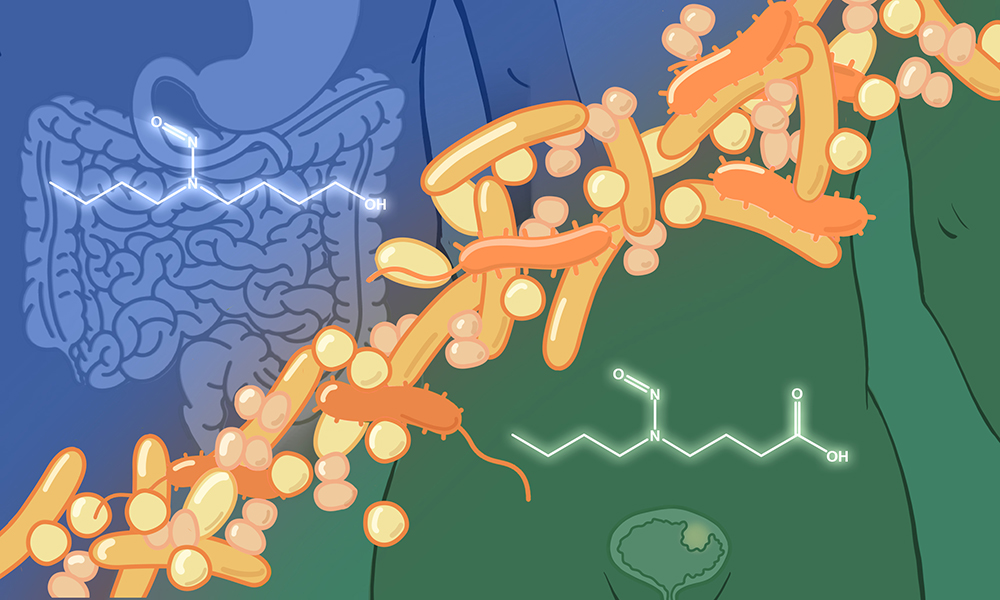

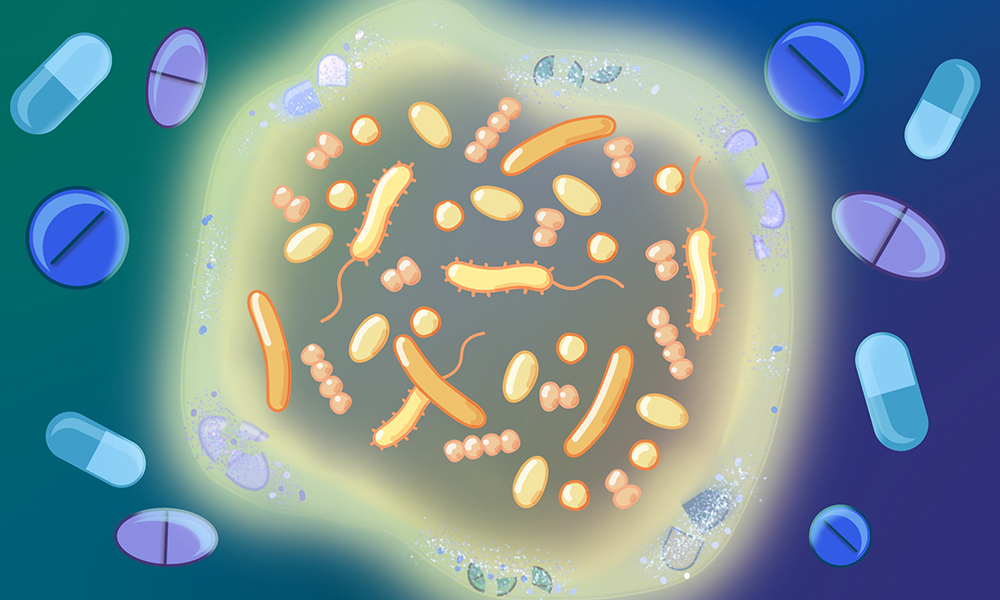

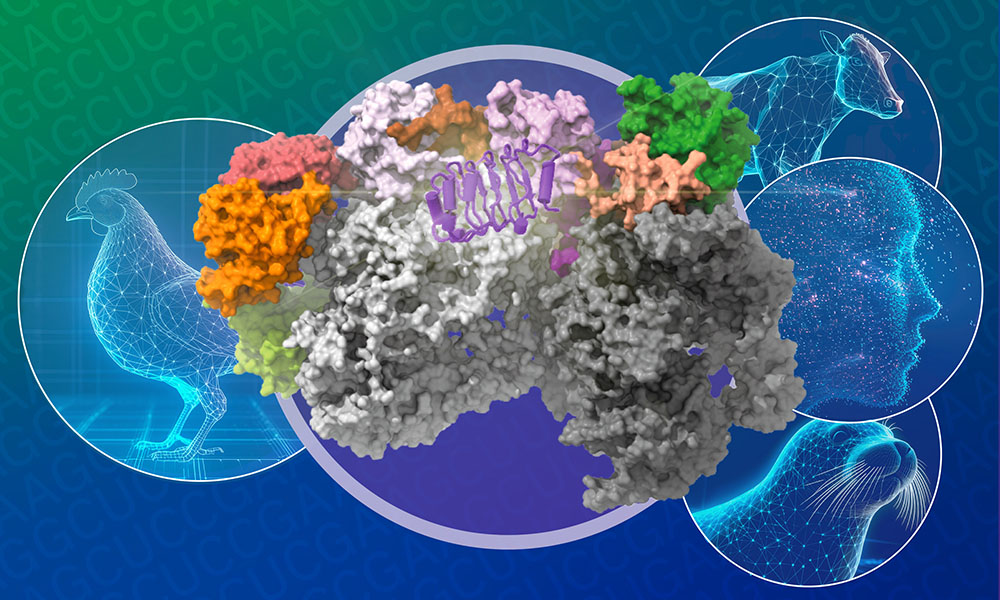
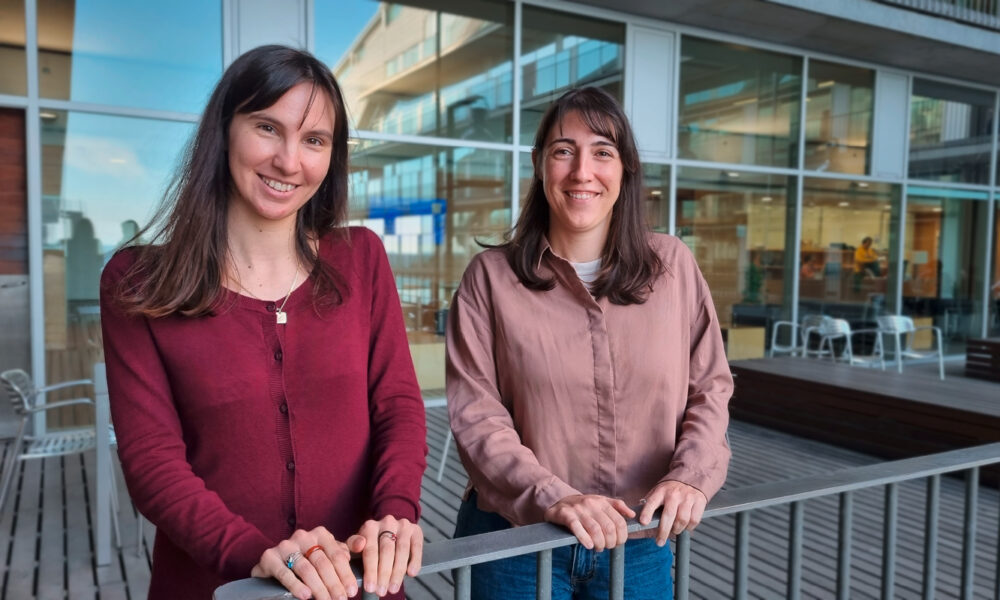
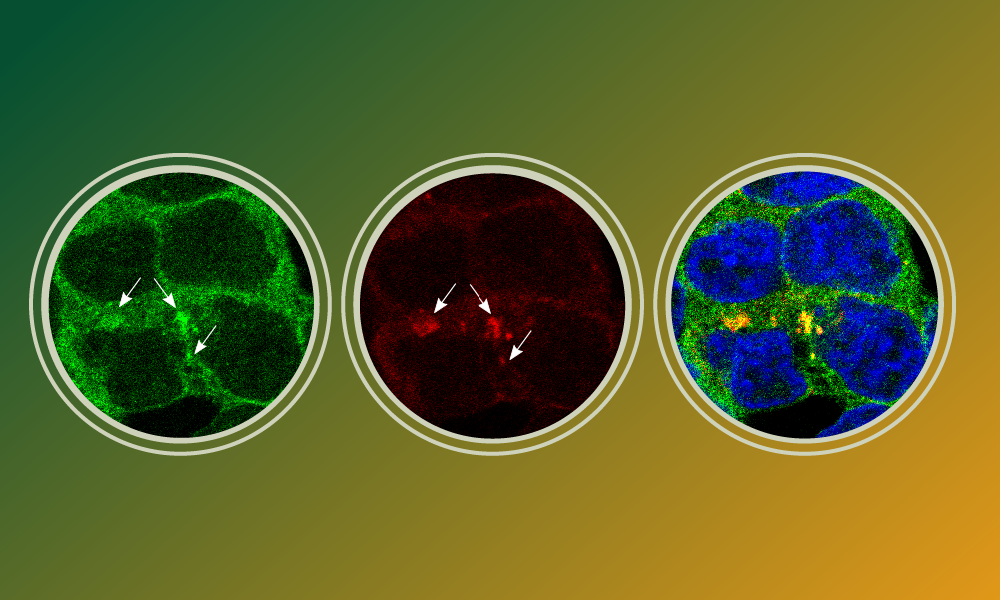


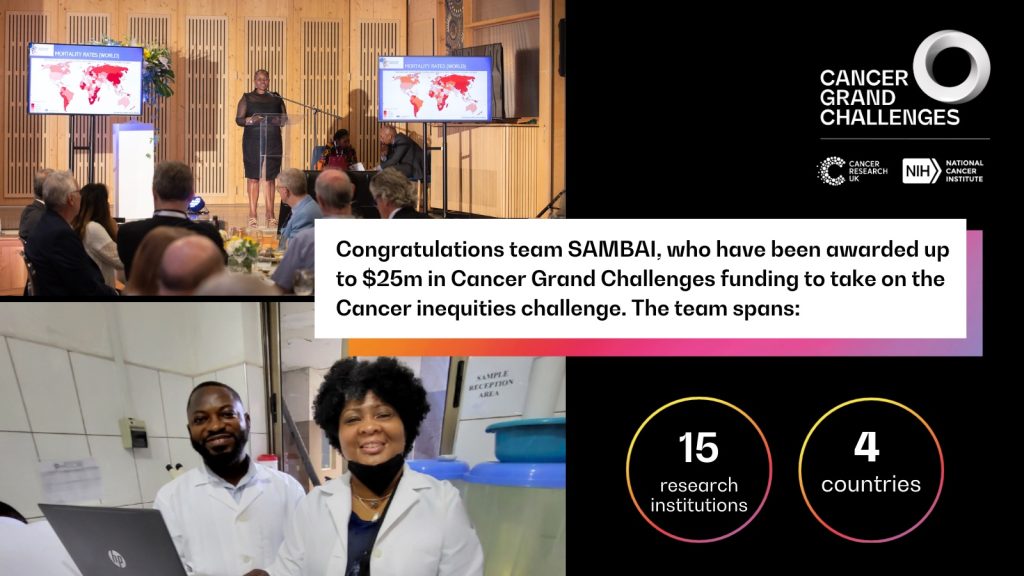


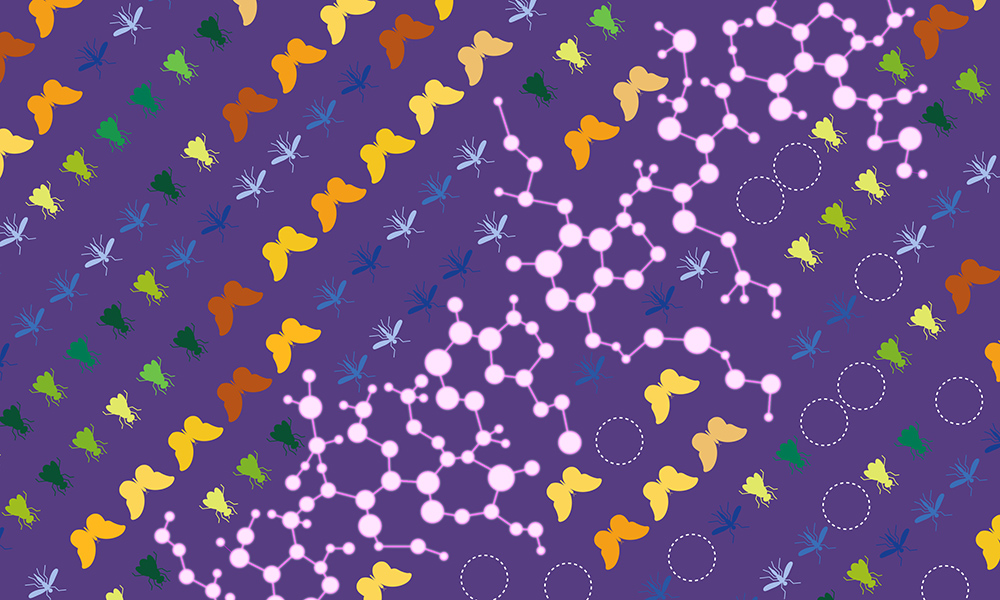

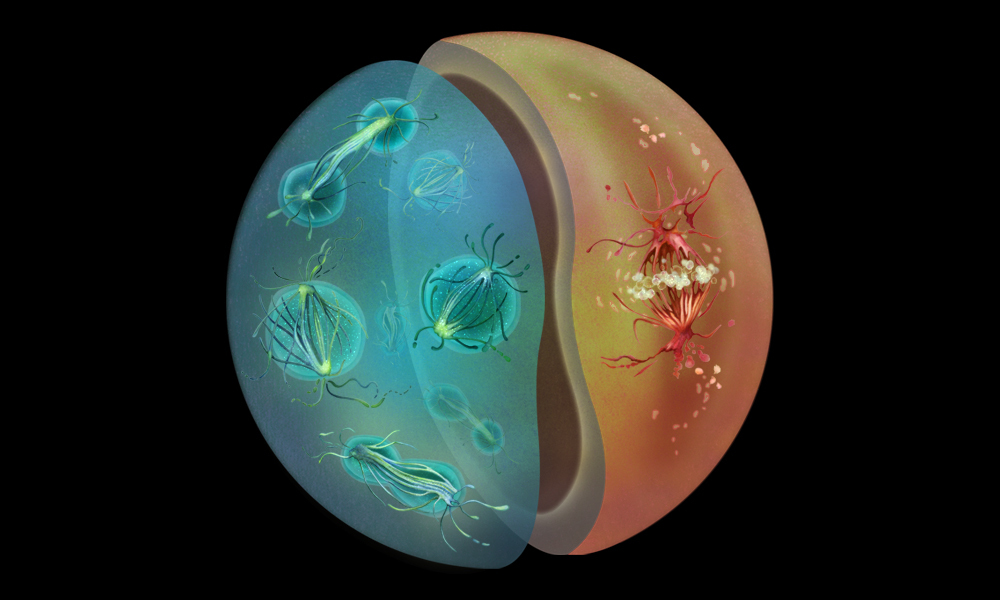


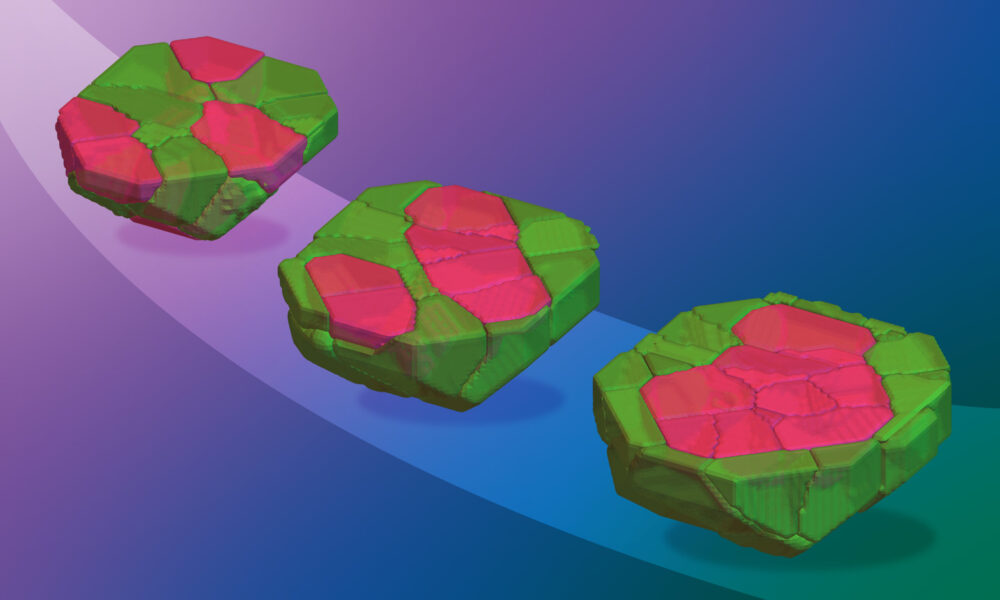
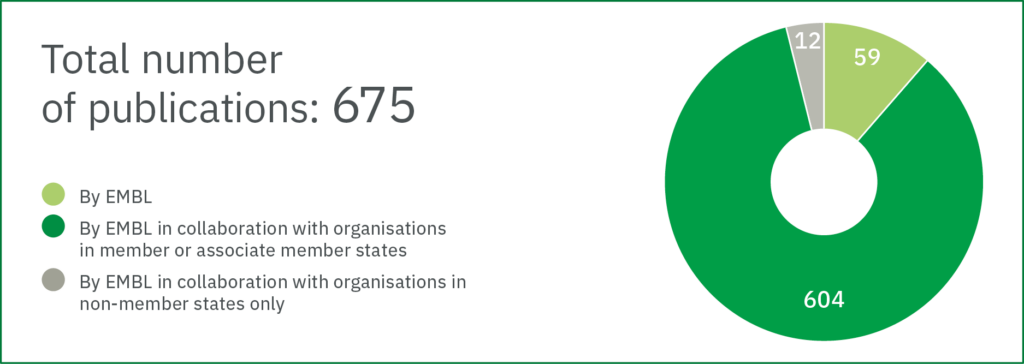
![Pie chart showing: 473 grants: research grants: 292 infrastructure grants: 158 training and outreach grants: 23 [Numbers and text for doughnut chart key] 171 by EMBL 267 by EMBL in collaboration with organisations in member or associate member states 35 by EMBL in collaboration with organisations in non-member states only](https://www.embl.org/about/info/annual-report/wp-content/uploads/2025/05/20250508_WEBSITE_STATS_Research2-1024x364.png)